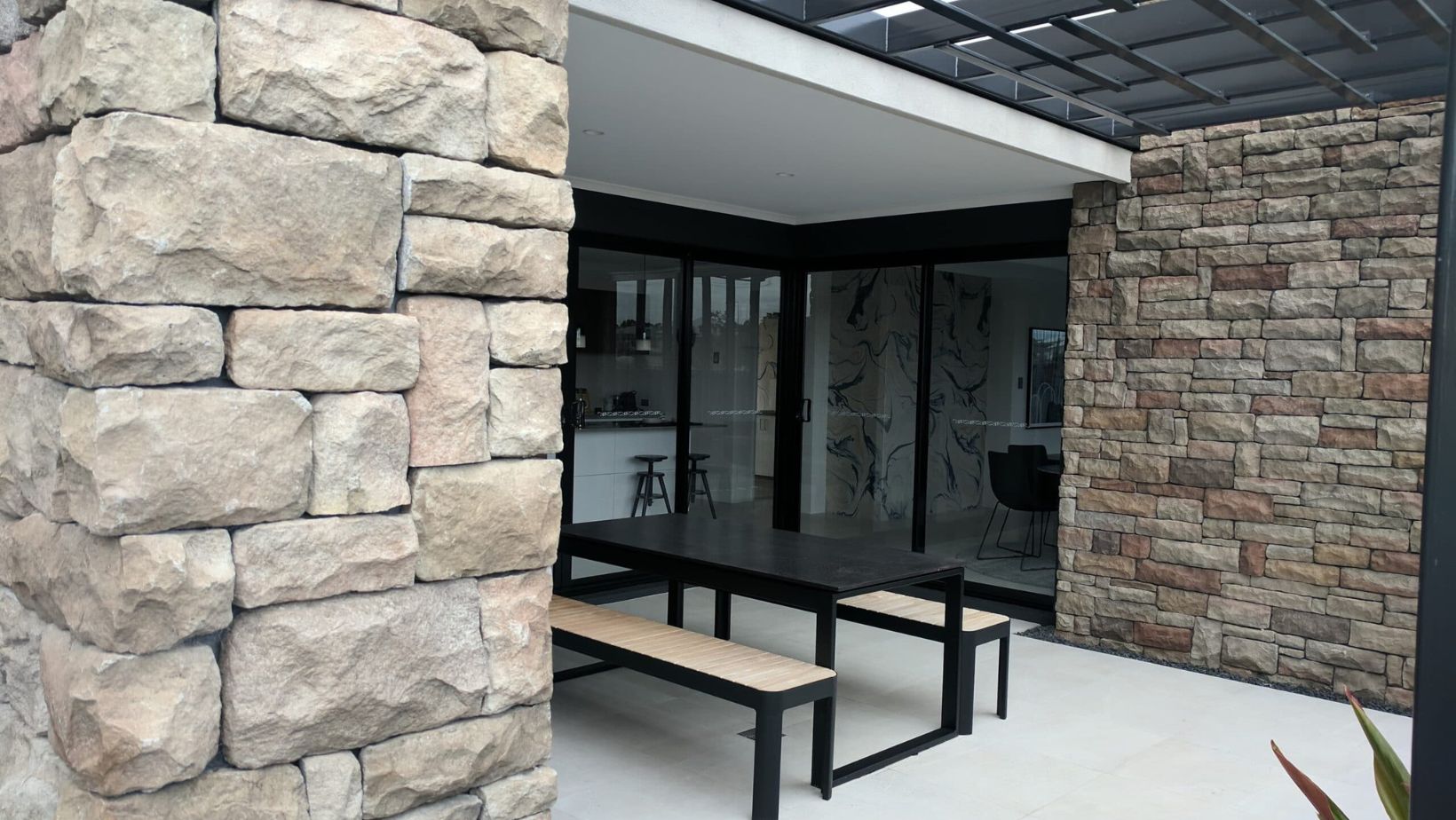
The cladding of stone is a timeless and versatile architectural technique that has been used for centuries to enhance the aesthetics and durability of buildings. Whether you’re considering using stone siding for your home or a commercial project, you should know several essential things about this popular construction method.
In this comprehensive guide, we’ll explore the world of stone cladding, from its history and benefits to installation and maintenance. By the end of this article, you’ll have a solid understanding of stone cladding and its applications in contemporary architecture.
What is Stone Cladding?
Stone cladding, or stone veneer or stone facing, covers a building’s exterior or interior surfaces with natural or manufactured stone panels. These stone panels mimic the appearance of solid stone, giving structures an elegant and timeless look. Stone cladding can be applied to various surfaces, including walls, columns, fireplaces, and outdoor landscapes.
Types of Stone Cladding
There are two primary types of stone cladding: natural stone cladding and manufactured stone cladding.
Natural Stone Cladding
- Materials: Natural stone cladding is crafted from genuine stone, such as granite, limestone, slate, sandstone, or marble.
- Appearance: Each panel of natural stone cladding exhibits unique variations in color, texture, and veining, creating a truly authentic and rustic look.
- Durability: Natural stone is highly durable and can withstand the test of time, making it an excellent choice for long-lasting applications.
- Maintenance: While natural stone cladding is low-maintenance, it may require periodic sealing and cleaning to preserve its appearance.
Manufactured Stone Cladding
- Materials: Manufactured stone cladding, also called faux stone or cultured stone, is composed of cement, aggregates, and pigments to mimic the appearance of natural stone.
- Appearance: Manufactured stone can closely replicate the look of natural stone, with various styles and colors available.
- Durability: Manufactured stone is durable and can resist harsh weather conditions, but it may have a different longevity than natural stone.
- Maintenance: Like natural stone cladding, manufactured stone requires occasional cleaning and maintenance to retain its appearance.
Benefits of Stone Cladding
Stone cladding offers numerous advantages, making it a popular choice in architectural design:
Aesthetic Appeal
Stone cladding adds a touch of elegance and sophistication to any building. It can create various looks, from rustic and traditional to modern and sleek.
Durability
Both natural and manufactured stone cladding are known for their longevity. They can withstand weather, UV exposure, and other environmental factors, ensuring your building’s facade remains intact for years.
Insulation
Stone cladding can improve a building’s insulation properties, helping regulate indoor temperatures and potentially reducing energy costs.
Low Maintenance
With minimal maintenance requirements, stone cladding is a practical choice for homeowners and property managers.
Variety
A vast range of stone types, colors, and textures is available, allowing for creative freedom and customization in design.
Installation Process
Proper installation is crucial for the success and longevity of stone cladding. Here’s a simplified overview of the installation process:
Surface Preparation
- Ensure the surface is clean, free of debris, and structurally sound.

- Apply a moisture barrier or waterproof membrane to prevent water infiltration.
Lath Installation
- Attach a metal or wire lath to the surface, creating a secure base for the stone cladding.
Mortar Application
- Spread a layer of mortar over the lath, creating a rough surface for the stones to adhere to.
Stone Placement
- Place the stone panels onto the mortar, following the desired pattern and spacing.
- Press the stones firmly into the mortar to ensure a strong bond.
Grouting
- Fill the gaps between the stones with mortar or grout.
- Clean any excess mortar from the stone surfaces while it is still wet.
Sealing
- Seal the stone cladding to protect it from moisture, staining, and weathering.
Hiring experienced professionals for stone cladding installation is essential, as improper installation can lead to structural issues and a compromised appearance.
Maintenance Tips
To keep your stone cladding looking its best, consider these maintenance tips:
- Regularly clean the surface with a mild detergent and a soft brush or sponge to remove dirt and grime.
- Avoid abrasive cleaners or pressure washing, as they can damage the stone surface.
- Reapply sealant as needed to maintain the stone’s protective barrier.
- Please inspect for any loose or damaged stones and repair them promptly to prevent further issues.
- Be mindful of plant growth near stone cladding, as roots can cause damage over time.
Applications of Stone Cladding
Stone cladding is incredibly versatile and can be used in various architectural applications:
Exterior Facades
Stone cladding is commonly used to enhance the exterior appearance of buildings, adding texture and visual interest.
Interior Walls
Bring the beauty of stone indoors by cladding on interior walls, fireplaces, or feature walls.
Landscaping
Stone cladding can create stunning outdoor landscapes, such as retaining walls, garden features, and pathways.
Commercial Spaces
Many commercial properties use stone cladding to create a welcoming and upscale appearance.
Renovations and Restorations
Stone cladding is an excellent choice for renovating or restoring historic buildings, preserving their authenticity.
Cost Considerations
The cost of stone cladding varies depending on several factors:
- Type of stone: Natural stone cladding is typically more expensive than manufactured stone.
- Installation complexity: Complex designs or hard-to-reach areas may require more labor, increasing costs.
- Stone quality: Higher-quality stone will have a higher price tag.
- Location: Prices can vary based on your geographical location and local labor rates.
Obtaining quotes from reputable contractors and carefully assessing your project’s requirements is essential to determine the overall cost.
Environmental Impact
When considering stone cladding, it’s important to weigh the environmental impact. Natural stone is a finite resource, and its extraction can have ecological consequences.
However, many stone cladding manufacturers prioritize sustainability by using recycled materials and minimizing waste during production. Additionally, stone cladding can improve a building’s energy efficiency, reducing its carbon footprint.
Conclusion
Stone cladding is a versatile and aesthetically pleasing construction technique offering numerous benefits for residential and commercial projects. Whether you choose natural or manufactured stone, proper installation and maintenance are essential for ensuring the longevity and beauty of your stone-clad surfaces. By understanding the types, benefits, installation process, and maintenance requirements of stone cladding, you can make informed decisions and create stunning architectural designs that stand the test of time.











